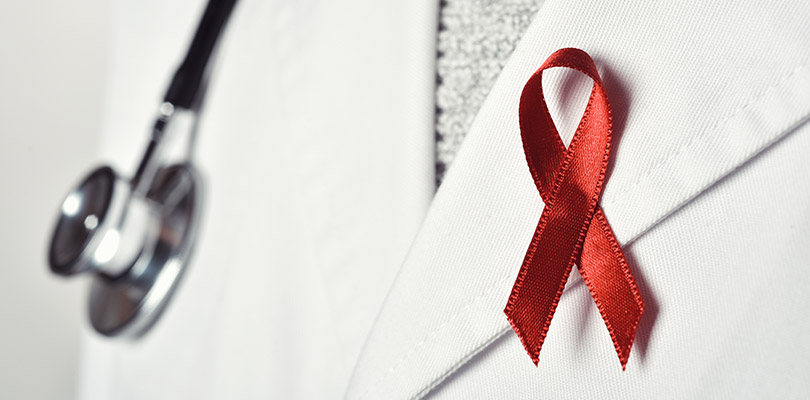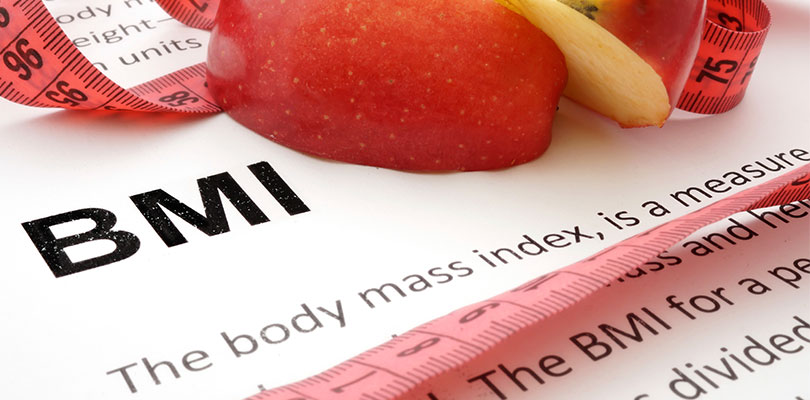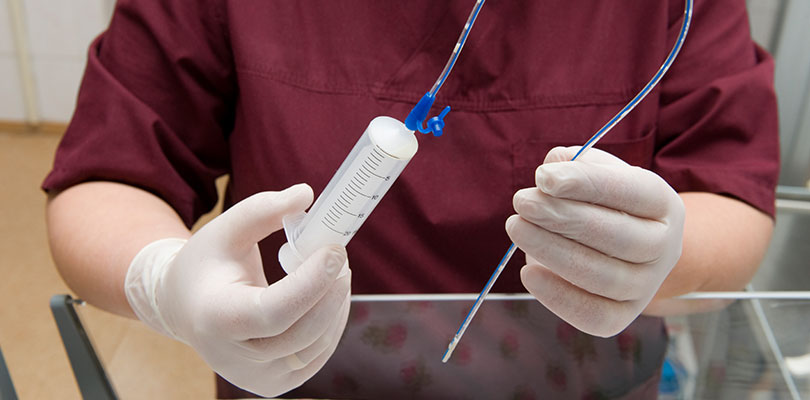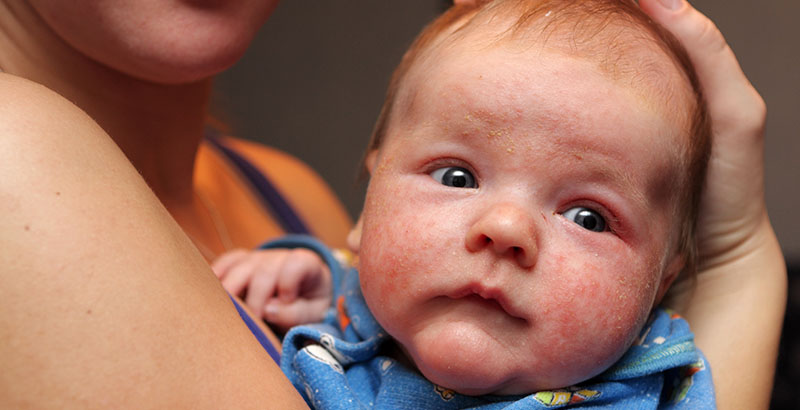Understanding the Stages of HIV
The human immunodeficiency virus (HIV) is the cause of the potentially life-threatening chronic condition known as acquired immunodeficiency syndrome (AIDS).
The HIV virus damages your immune system, which affects your body's ability to fight the disease.
HIV is a sexually transmitted infection that can be spread with contact with infected blood. The virus can also be spread from mother to child during pregnancy, childbirth or breastfeeding.
Unless you take medication, there may be several years delay before HIV damages your immune system to progress to AIDS.
There is no cure for HIV/AIDS, but with medication, you can greatly low the progress to AIDS and have significantly reduced the numbers of AIDS-related deaths.
Three Stages of HIV Infection
HIV infection takes its toll in three stages. Unless you take medication, the infection will worsen over time. Eventually, it will overwhelm your immune system. Below we will discuss in detail the stages of HIV.
1. Acute HIV Infection
A short time after infection with HIV, the symptoms may become evident. At this point, your immune system is fighting the virus, similar to the flu. This typically sets in within two to six weeks after the virus has been acquired. This period is called primary HIV infection or acute retroviral syndrome.
The symptoms are often like the flu, lasting a week then disappearing. They include:
- A headache
- Fever
- Fatigue
- Aching muscles
- Diarrhea
- Nausea and vomiting
- A sore throat
- Swollen lymph nodes
- Red rash on the torso
If you act quickly, you can prevent HIV from escalating to AIDS. Anti-HIV drugs called PEP can be very effective after having unprotected sex with someone who is HIV-positive. However, it is critical to start taking the drugs within 72 hours of exposure.
2. Chronic HIV Infection
As your immune system becomes overwhelmed with the HIV virus, the flu-like symptoms will disappear. Doctors describe this as the asymptomatic or clinical latent period. During this time, you won’t have any symptoms of HIV. You may not realize you’re infected with HIV.
You can easily transmit HIV to other people. This symptom-less stage can last up to 10 years or more.
Endometriosis is a condition where the endometrium, the tissue that lines the inside of the uterus, grows outside of the uterus.
As the infection does its damage, it destroys the immune system – killing CD4 T-cells. Your doctor can check your CD4 T-cell count in a blood test. Normal is between 450 and 1,400 cells per microliter. As the number drops, it is a clear sign that your immunity is compromised. You will acquire more infections.
The good news is this – a combination of medications which may help fight HIV and it's symptoms. They can rebuild your immune system, and even prevent the spread of the HIV virus in your body.
If you're taking medications and have adopted a healthy lifestyle, your HIV infection may not worsen.
3. AIDS
This is the advanced stage of HIV infection. At this point, your CD4 T-cell number drops below 200. Some people are diagnosed with AIDS when they have an "AIDS-defining illness" such as Kaposi's sarcoma (a skin cancer) or pneumocystis pneumonia (a respiratory disease).
You may not know if you’ve been infected with HIV. The symptoms you may have:
- Constant fatigue
- Swollen lymph nodes (neck or groin)
- Fever longer than 10 days
- Night sweats
- Unexplained weight loss
- Purplish spots on your skin that don't go away
- Shortness of breath
- Severe, long-lasting diarrhea
- Yeast infections in your mouth, throat, or vagina
- Bruises or bleeding you can't explain
If you are infected with HIV and don’t take medication, at the point where it has progressed to AIDS, you will survive about 3 years. If you acquire a dangerous infection, your life could be shorter. But with the right treatment and a healthy lifestyle, you can live a long time.
Risk factors of HIV
You're at greatest risk of HIV/AIDS if you:
- Engage in unprotected sex. A new latex or polyurethane condom is critical every time you have sex. Anal sex is riskier than vaginal sex. Your risk of HIV infection increases if you have multiple sexual partners.
- Already have a sexually transmitted disease (STI). Many of these infections produce open sores on your genitals which allow the HIV infection to enter your body.
- Use intravenous drugs. Sharing needles and syringes exposes your blood to droplets of other people's blood.
How HIV Spreads
To become infected with HIV, the infection must enter your body via infected blood, semen or vaginal secretions. This can happen in several ways:
- By having unprotected sex. You may become infected if you have vaginal, anal or oral sex with an infected partner. The virus can enter your body through mouth sores or small tears that sometimes develop in the rectum or vagina during sexual activity.
- From blood transfusions. The virus may be transmitted through blood transfusions. This risk is very small, as American blood banks and hospitals screen the blood supply for HIV antibodies.
- By sharing needles. Sharing contaminated intravenous drug paraphernalia (needles and syringes) puts you at high risk of HIV and other infectious diseases, such as hepatitis.
- During pregnancy or delivery or through breastfeeding. Infected mothers can pass the virus on to their babies. HIV-positive mothers who get treatment for the infection during pregnancy can significantly lower the risk to their babies.
How HIV Doesn't Spread
You can't become infected with HIV through ordinary contact. That means you can't catch HIV or AIDS by kissing, hugging, dancing or shaking hands – even if that person has the infection. Also, HIV isn't spread through the air, water or insect bites.







